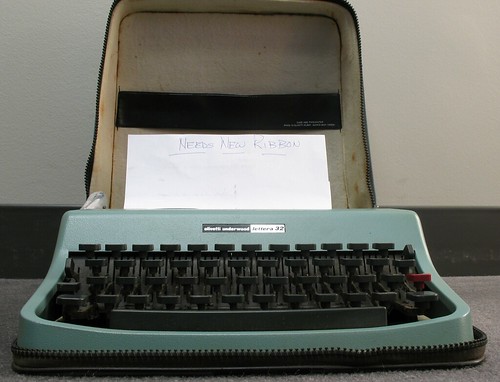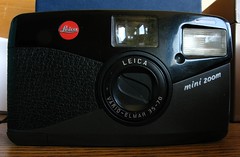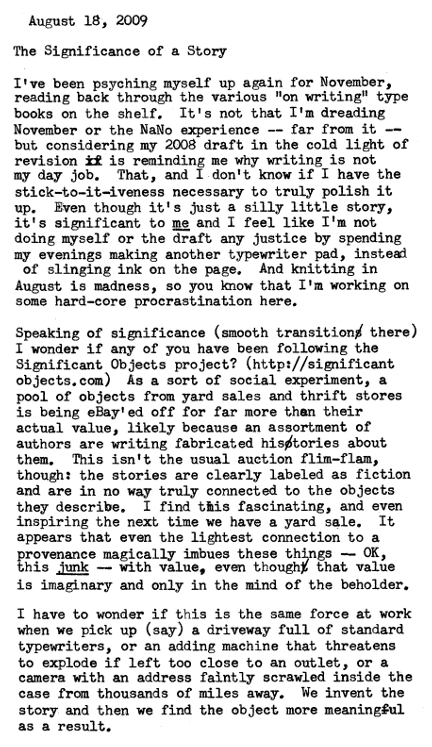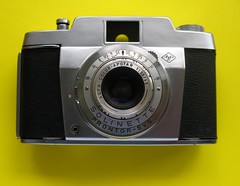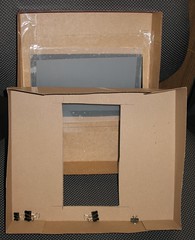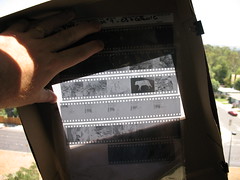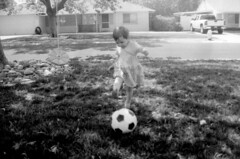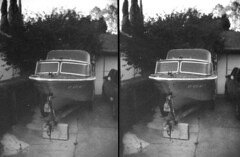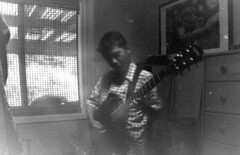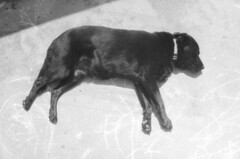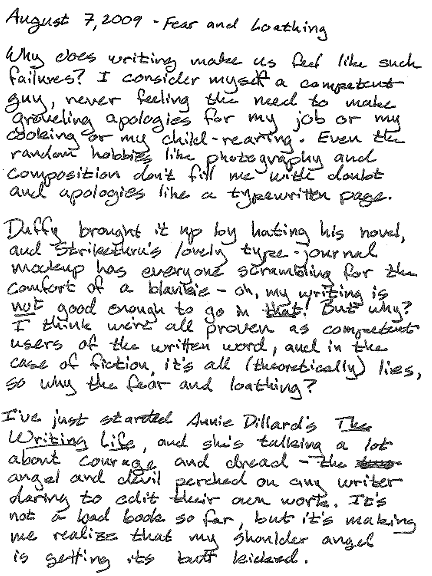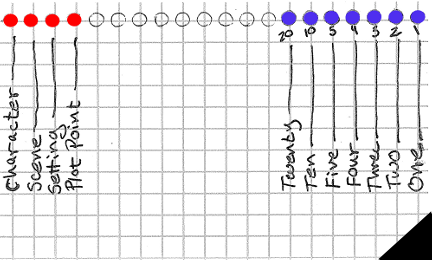 I spent most of the weekend hovering over our youngest, trying to reveal unto her the magical mysteries of toilet training. I'll spare you the specifics, but know that it involves acting surprised and excited every fifteen minutes when the kitchen timer sounds, and then spending quality time perched on the edge of the bathtub trying to look neither eager nor disinterested at the habits of my daughter's bowels. We're not ready yet, but the Mrs. and I are trying to get there before that magical window of interest slams shut and effort can no longer be rewarded with stickers and hugs and high-fives. We have a pre-teen: we know what stubborn looks like.
I spent most of the weekend hovering over our youngest, trying to reveal unto her the magical mysteries of toilet training. I'll spare you the specifics, but know that it involves acting surprised and excited every fifteen minutes when the kitchen timer sounds, and then spending quality time perched on the edge of the bathtub trying to look neither eager nor disinterested at the habits of my daughter's bowels. We're not ready yet, but the Mrs. and I are trying to get there before that magical window of interest slams shut and effort can no longer be rewarded with stickers and hugs and high-fives. We have a pre-teen: we know what stubborn looks like.There's not much you can do with your day when it's punctuated by a hand-clapping parade down the hall every fifteen minutes, especially when the thermometer has reached Absurdly Hot at 8:00 AM and threatens not to back down for another fourteen hours. Stuck inside with the air conditioner blasting and our kitchen timer counting down at my elbow, I finally broke down and cracked open my NaNo 2008 draft. I'd managed to edit up through about day four's writing -- all my pages are numbered by day -- and by "edit" I mean "rewrite whole sections in-between the double spaced type." It's not easy, and at every clunky word I was reminding myself how I got here by being the obsessive over-achiever that I am. ("Why stop at 50,000 words?") I hate, hate, hate editing this thing. I don't know why, as it was it truly was a pleasure to write, but then it's far more fun to cook than wash dishes, too. Perhaps it's just this section of the novel, those first exploratory days where I was getting used to the idea of daily typing, and was still sussing out the characters. Once I get started, it's not so awful, but it's still taking me about an hour per page (!) because I insist on redoing whole chunks. And knowing that there's hundreds of pages ahead of me just fills me with a soul-sapping dread.
So I made myself a deal, in the spirit of Anne Lamott's Bird by Bird. All I had to do was the short assignment of editing for fifteen minutes, just until the little timer bell rang, and then I could stop. And I did, fifteen minutes at a time, and then the bell would sound for the Parade, and off we'd march, the toddler and I. Ten minutes later I was back on the sofa, winding up the timer for another wait, and made another deal with myself. Just fifteen more minutes, that's all. And then another fifteen. And another.
Added together, all those little windows passed the time -- I probably edited for around three hours in total, around all those breaks. Normally I hate being constantly interrupted, but this was shockingly productive, taking tiny little fifteen-minute bites out of the novel, with a mandated reward sticker at the end.



